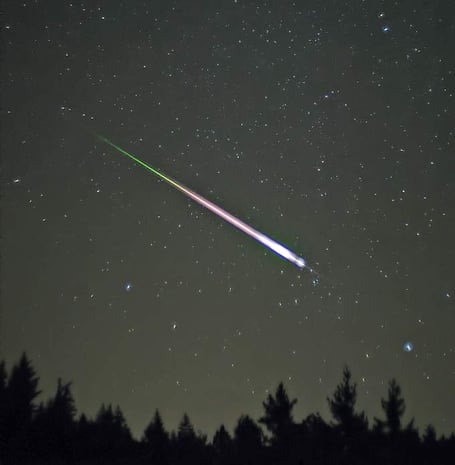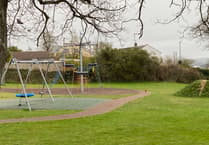NOVEMBER is a good month for observation; it gets dark at a reasonable hour (the sun sets around 1800 GMT by the end of the month), and isn’t too cold.
The Sun is now at sunspot maximum - still very active, but the shorter hours of daylight increase the opportunity to see any aurora. It’s always worth looking north after dark to see what may be hanging about there. The rainy season will soon be upon us - keep up to date at www.spaceweather.com
The dates for the quarters of the moon are as follows: New Moon, November 1; First Quarter, November 9; Full Moon, November 15; Last Quarter, November 23. This month’s full moon is called the Beaver Moon - it's when beavers prepare for winter by building dams and gathering food.
A new extra moon will join us in Space for a couple of months. A member of the Arjuna asteroid belt - a group of asteroids in the solar system with orbits similar to Earth - it will orbit the Earth, like our moon, for two months before leaving our company to orbit with other Arjunas.
Onto the planets, Mercury and Venus can be seen setting soon after the sun. To the sun’s left is Mars in Cancer, with Jupiter retrograding in Taurus and Saturn in Aquarius to the south.
This month sees that famous meteor shower known as the Leonids, albeit nothing like the showers of a few years ago. However, you can expect 12 an hour and moving very quickly, plus maybe a fireball. They will be at their peak on November 12, with the parent comet Tempel-Tuttle. You could see a meteor before the radiant clears the horizon.
Talking of comets, they never do what they are supposed to do. The first one mentioned in last month’s column hid behind cloud for the few days it could have been seen by the naked eye; the second, “bright enough to be seen in daylight”, dived into the sun before it could be seen at all.
• Brian Sheen runs the Roseland Observatory at Truro High School for Girls. Find it online on Facebook and at www.roselandobservatory.co.uk





Comments
This article has no comments yet. Be the first to leave a comment.